A house is a big investment in many respects, so it’s natural for homeowners to worry about the things that could go wrong. And when it comes to things that could go wrong, foundation problems are nothing to scoff at. If ignored, they can grow quickly, and what started as a few small cracks can lead to your entire house becoming damaged beyond repair.
Fortunately, there are several signs of foundation issues as they develop. We’re here to share with you what those signs could be, what they might mean, and what you should do if you see them. Home foundation problems are scary, but they are not unheard of, and they don’t need to cause worry if they’re stopped before it’s too late. First, let’s understand why they happen.
What Causes Foundation Damage?
Foundation problems can be caused either by excessive settling or upheaval. Both of these issues in turn are usually caused by moisture levels in the soil. If the moisture levels are different on different ends of your house’s foundation, this can cause your house to sink. An affected house can sink by as much as 4”, with 1-½” of sinking enough to cause foundation failure.
Alternatively, if soil moisture greatly increases due to inclement weather or plumbing leaks, this can cause the soil to expand. This expanding soil in turn exerts a lot of upward pressure which pushes your foundation slab upwards by 2” or more. If you think that you’re having one of these foundation issues there will be some common signs.
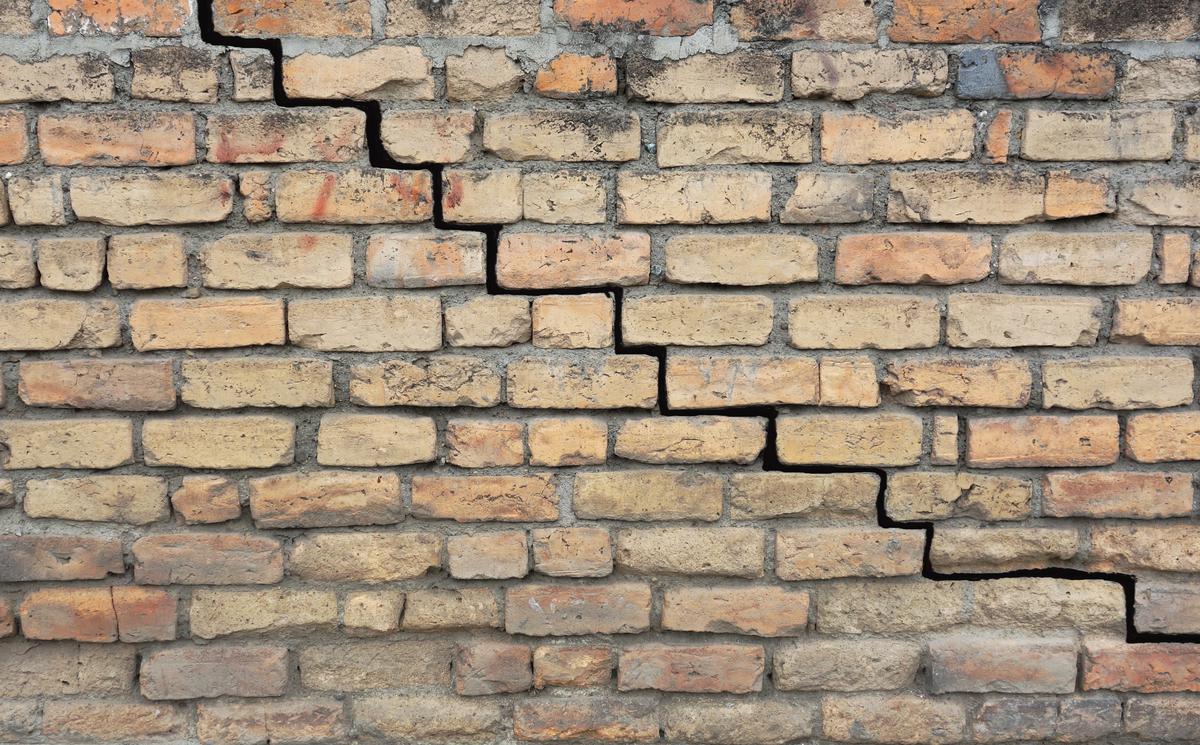
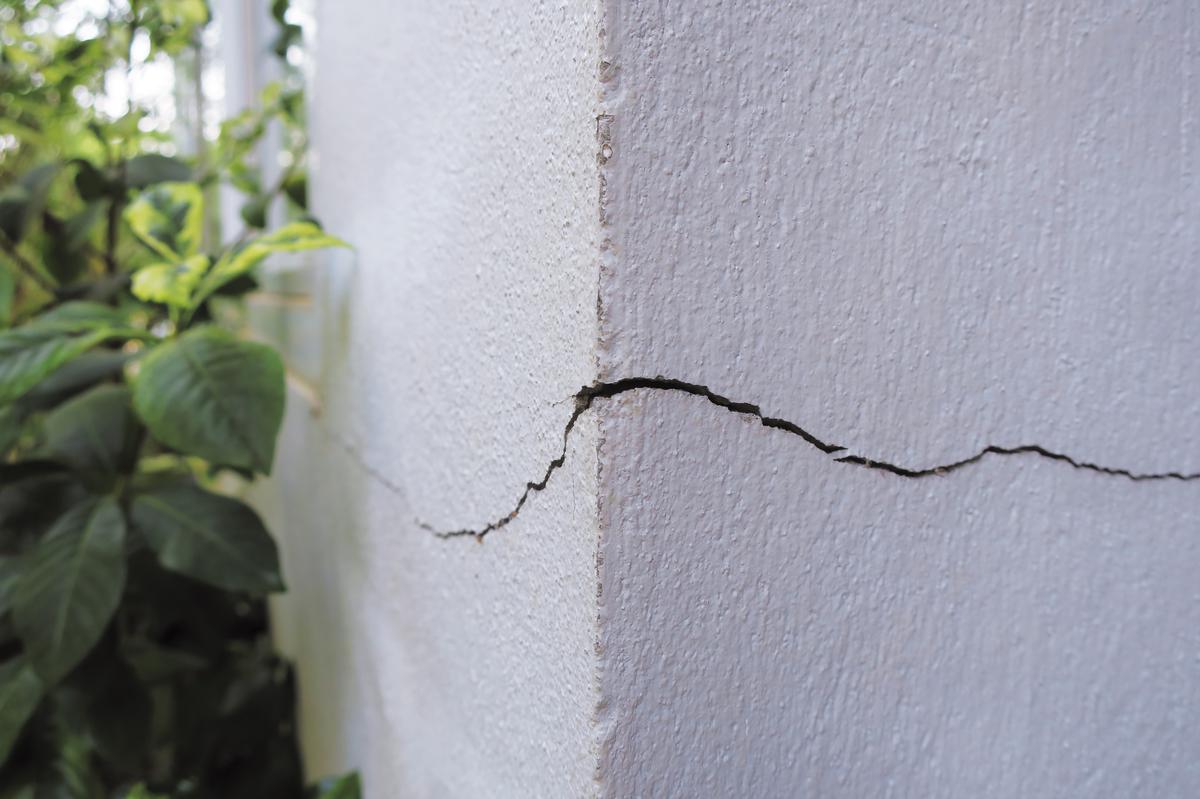
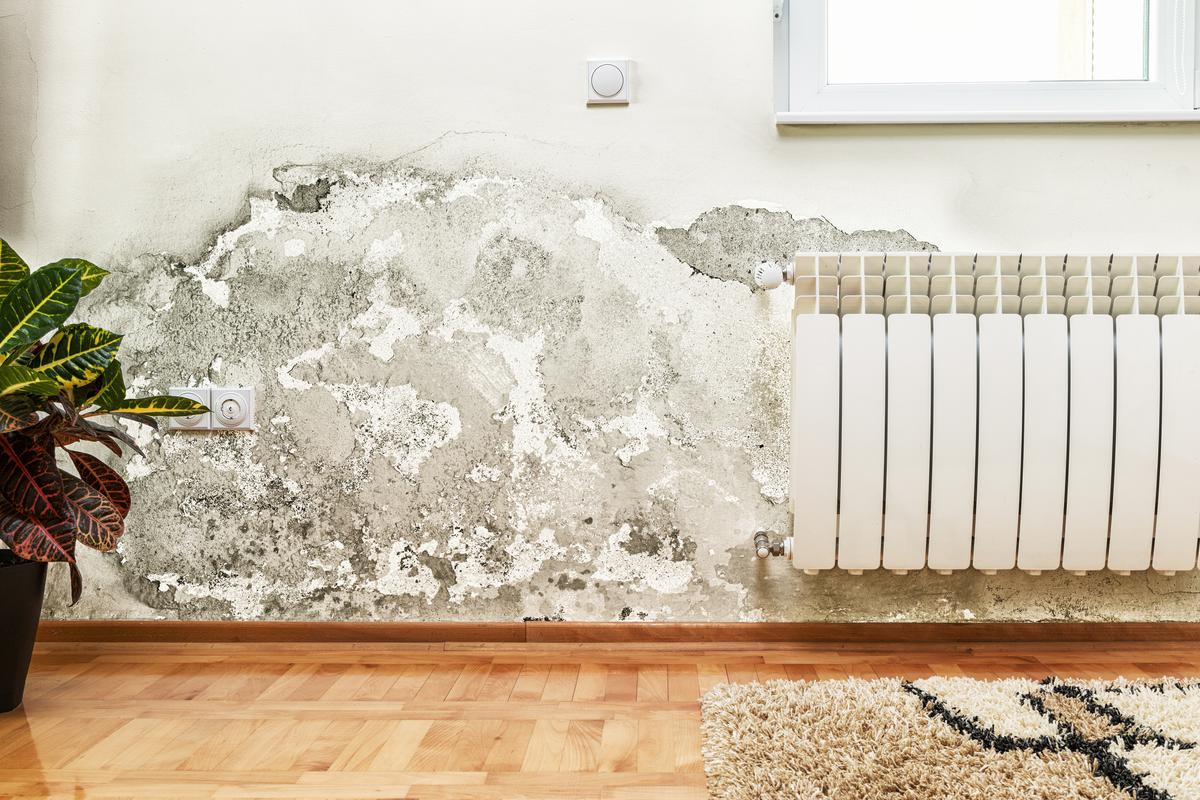

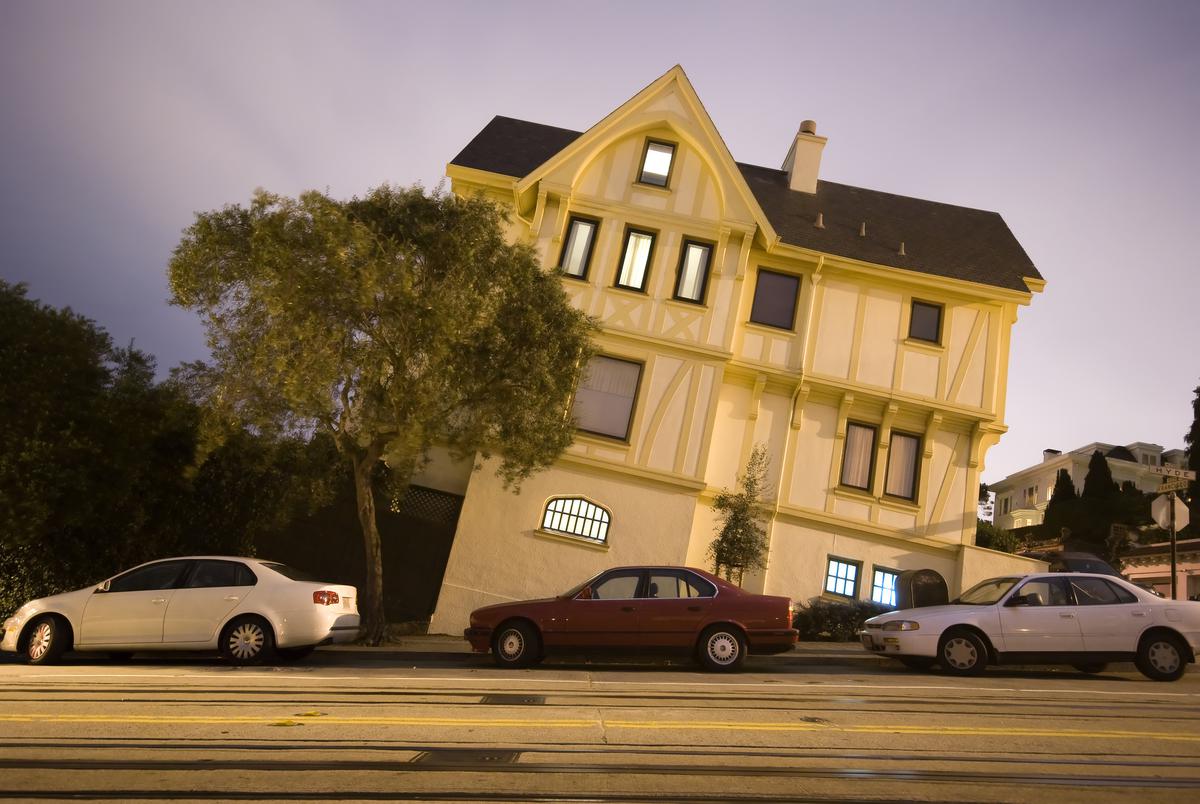
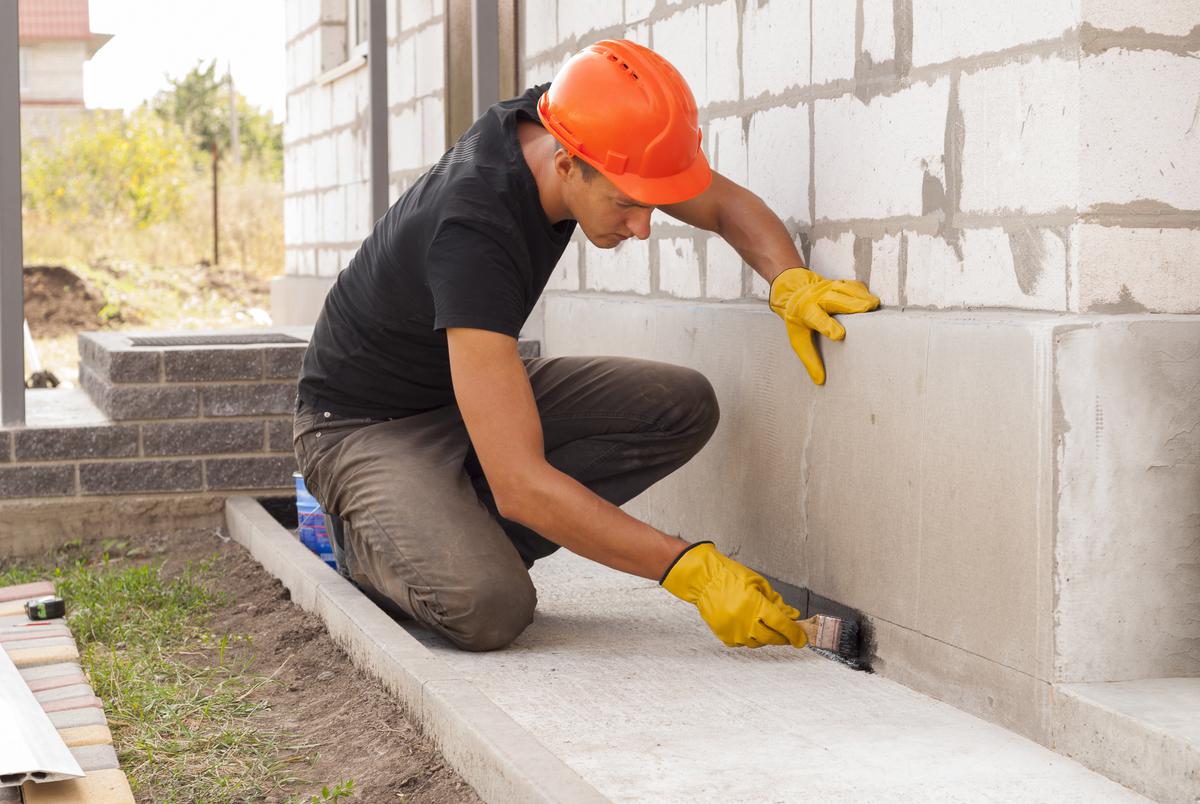
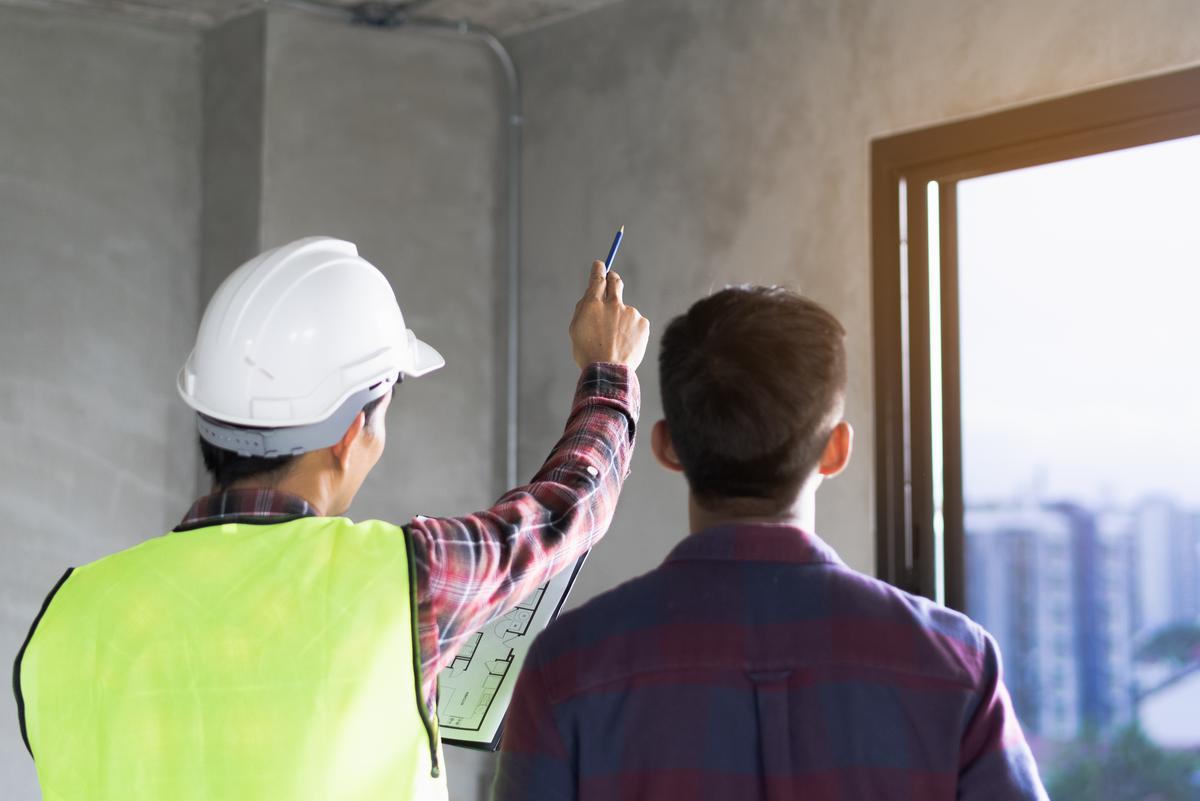

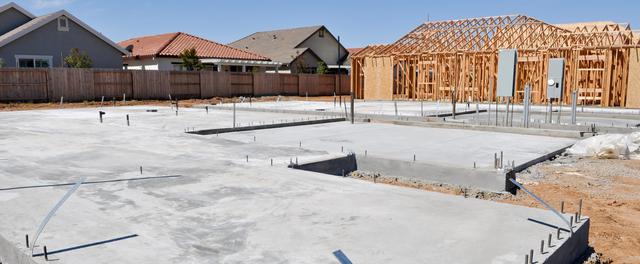

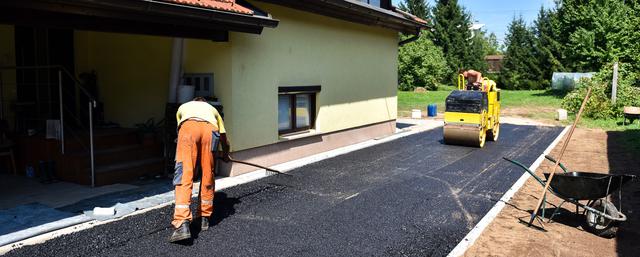
comments